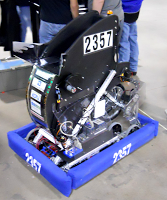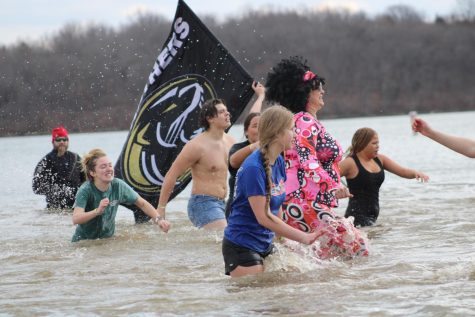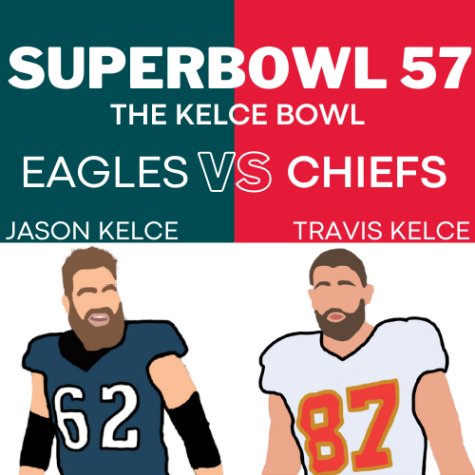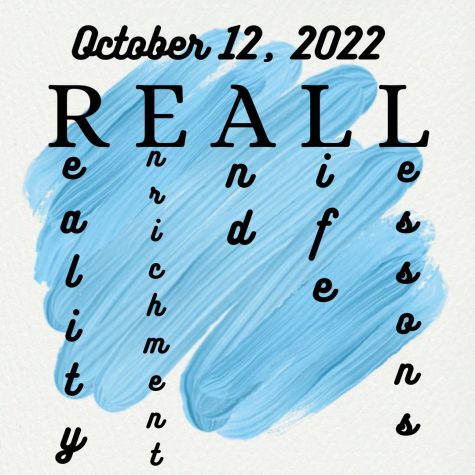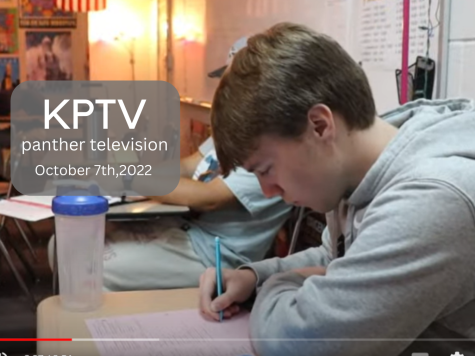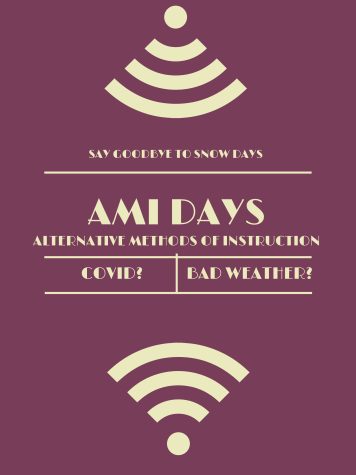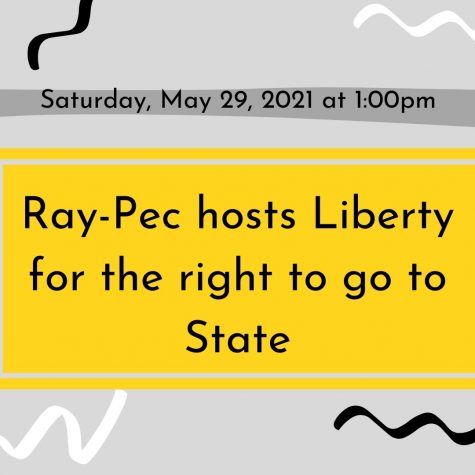The first of FIRST Robotics
The robotics team has competed in many FIRST (For Inspiration and Recognition of Science and Technology) robotics competitions over the years. Here is a short recap of the games that the team has played in for the past six years. Each competition, includes two alliances, with three teams each. The link above each recap will direct you to the game animation for each year.
2008, Overdrive: https://www.youtube.com/watch?v=LYnUDaEi1D8
This game is played as a race. Robots must circle around an oval track as many times as possible, gaining points each time they pass their respective finish line. Additional points are given each time a robot successfully gets one of the track balls across their finish line, which start the round on top of an overpass. At the end of the round, points can be earned by placing the track balls back on the overpass.
2009, Lunacy: https://www.youtube.com/watch?v=nEh3Wzd1jDI
Robots operate on a field called the crater, that simulates the low gravity and traction yielded on the moon. Alliances all have a trailer attached to the back of their robot, and the goal is to shoot as many “moon rocks” into the other alliance’s trailers as possible. If a robot gives an empty cell from to one of the operators, they are traded a supercell, which scores 15 points opposed to 2 points for only scoring a moon rock or empty cell.
2010, Breakaway: https://www.youtube.com/watch?v=IEHAj3EmpMw
Robots play a game of modified soccer on a field separated by two large bumps. Scoring goals on the soccer goals are worth one point. At the end of the game, robots attempt to climb one of two towers on the field to earn additional point. Two points are received for getting on top of the platform below the tower, and three points are earned for hanging from another robot that is hanging from the tower.
2011, Logomotion: https://www.youtube.com/watch?v=DTJOXTIaa9g
Robots begin the game in autonomous mode (programming run) with “uber tubes” which they attempt to place on pegs posted on the walls of the arena. Once the drivers take the controls, the object of the game is to put different game pieces resembling the FIRST logo on to the pegs. The top row earns three points, the middle two, and the bottom one. If the game pieces cover an “uber tube” put on the peg during autonomous, the normal value earned is doubled. If the game pieces correctly spell out the FIRST logo, then that entire row of tubes’ normal points is doubled. At the end of the round, robots can deploy miny bots onto one of four poles near the corners of the field, which climb the pole. The first one to the top earns 30 points, the second 20, the third 15, and the fourth 10.
2012, Rebound Rumble: https://www.youtube.com/watch?v=nOXsdhZZSdM
Robots’ goal in this game is to score basketball goals on one of four hoops on their side of the field. Beginning in autonomous mode, robots receive a three point bonus to the normal score of the hoop if they make the basket. The four goals located at each end of the field is one on the top (three points), two in the middle (two points), and one on the bottom (one point). At the end of the round, robots attempt to balance on the three bridges at the center of the field. Additional points are earned for each robot that is on the bridge. During qualifying matches, if red and blue alliance robots work together, even more points are earned for their individual teams for tournament positions.
2013, Ultimate Ascent: https://www.youtube.com/watch?v=itHNW2OFr4Y
In this game, robots attempt to score frisbees in three different goals across the field. During autonomous mode, double points are earned for scoring frisbees in the goals. The various frisbee locations include two on top of either tower, earning five points (special frisbees are required to earn the points scored on this goal), one point for a goal near the ground, two points for two of the goals on either side of the higher, three point goal. Once the round is coming to the end, robots can climb their respective tower in order to gain additional points for their alliance. There are three rungs, each one yielding more points than the one below it.
2014, Aerial Assist: https://www.youtube.com/watch?v=oxp4dkMQ1Vo
Robots begin the round in autonomous, scoring five additional points than usual. There is also a random, designated hot zone, which robots will score another five points in addition to the bonus for scoring on those. Also, if the robots move from the middle where they start, into their respective alliance’s zone, they will score yet another five points. There are four goals for each alliance, two on the ground that earns one point, and two in the air that earn 10 points. If an alliance aids each other in scoring a goal, they will get large bonuses (10 points for cooperation among two robots, and 30 points for cooperation among the whole alliance). A truss that extends through the middle of the field, has the potential for even more points. If a ball is thrown over the truss, that alliance will get 10 points, and if one of their alliance’s robots catch the ball on the other side, then that alliance will earn another 10 points.
This year, the game will be announced on January 3, 2015. Robotics teams from all over the country will have a couple of months to prepare their robot during the build season, before they head to the competition and test their programming and engineering abilities.
Brian Moore, former head coach of the Ray-Pec robotics team, thinks that FIRST robotics is something very unique that really brings out kids abilities that they many not have known about.
“It’s interesting to see students in robotics that can design and build a robot,” said Moore, “You see people that are handed everything, and these students have to create a design and then implement it to create a cool product. I think that is FIRST robotics is for.”
For more information on FIRST robotics, visit their site at www.usfirst.org.


